Category: Latest Insights
-
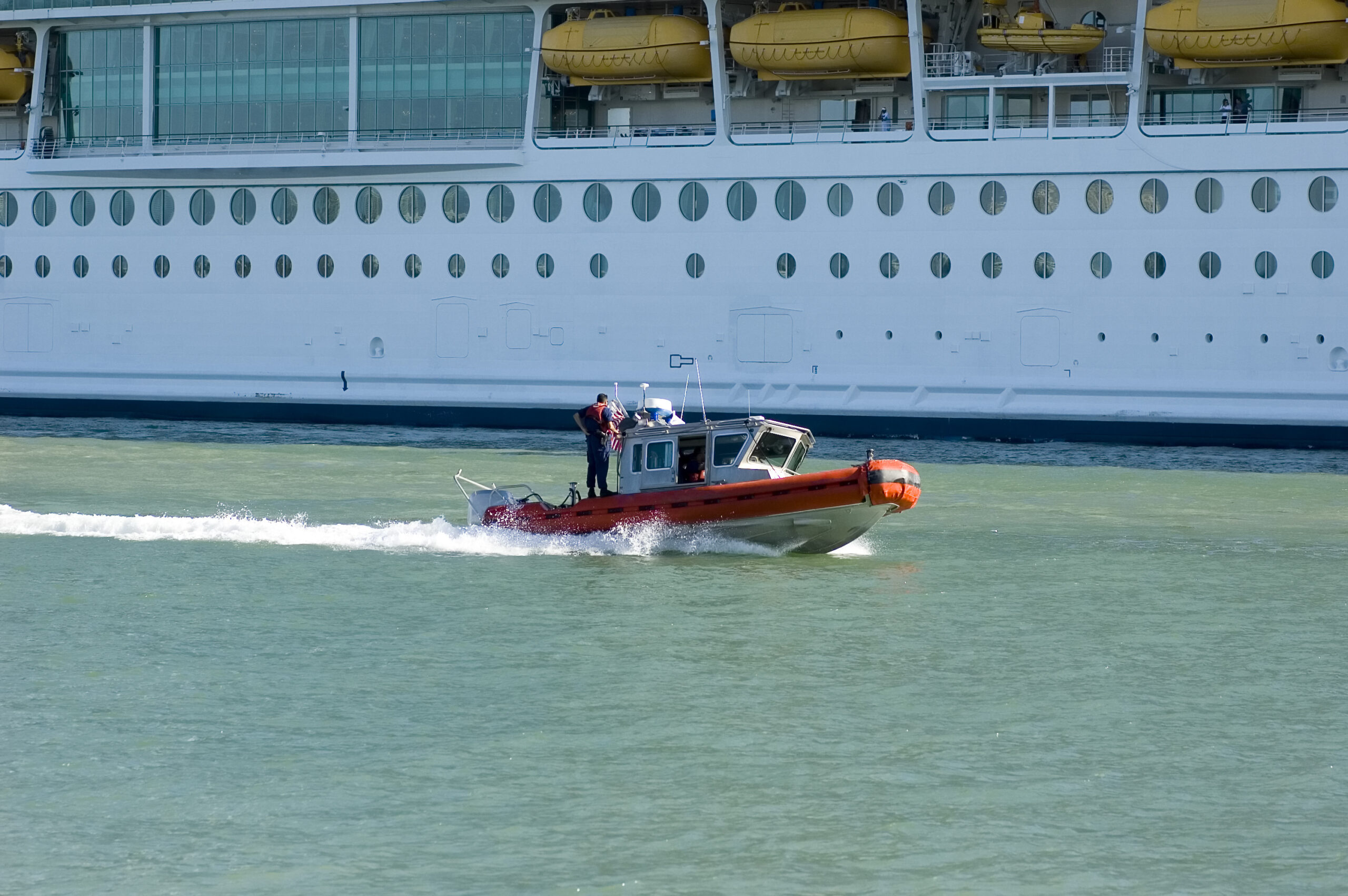
Understanding Port State Control (PSC): Keeping Ships Safe and Compliant
If you’re part of the maritime industry, you have probably heard the term “Port State Control” (PSC) inspections multiple times before. But what exactly do these inspections involve, and why are they so important? Port State Control inspections serve as important checkpoints for making sure that foreign vessels entering national ports comply with international safety,…
-
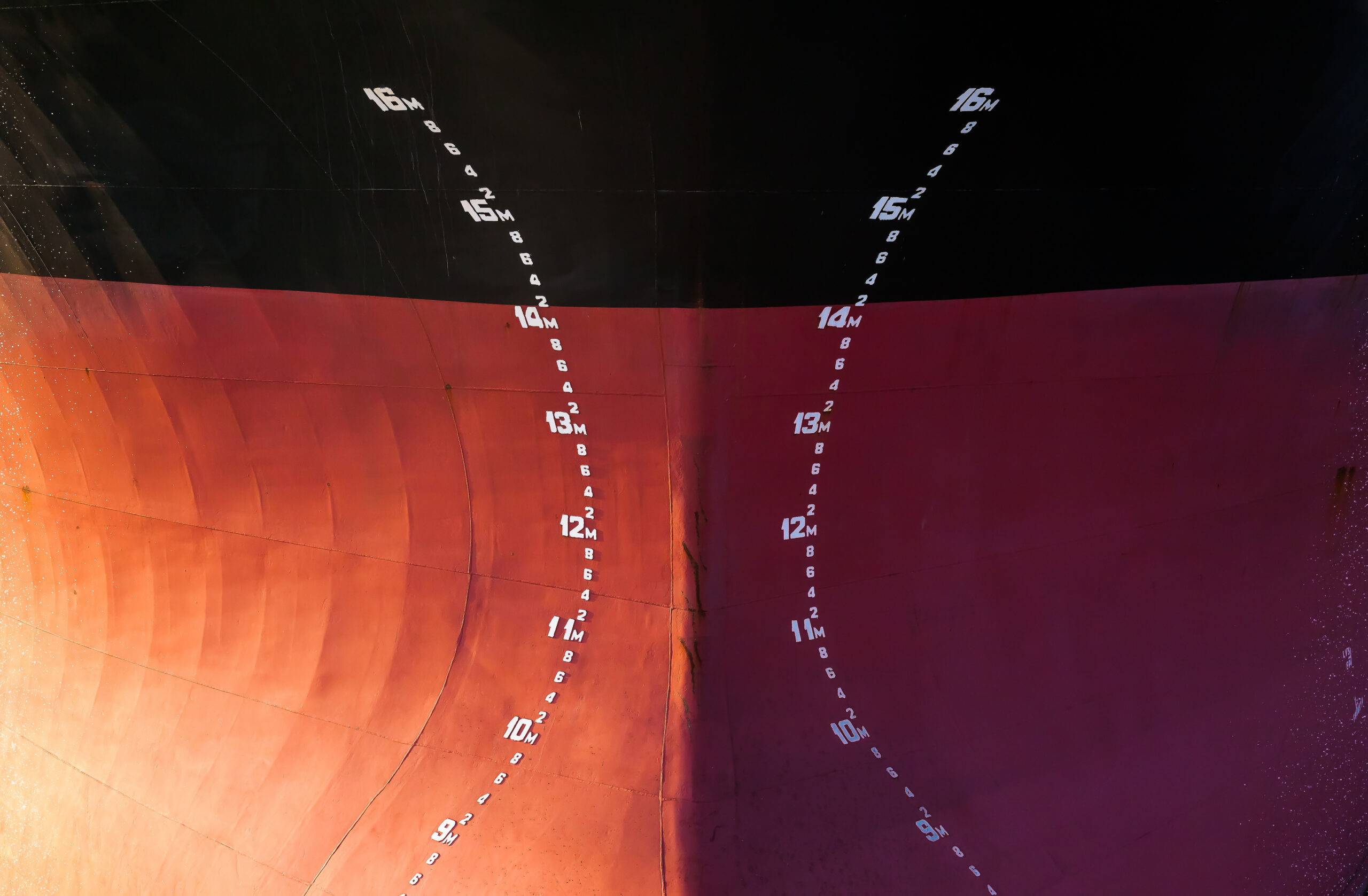
Hull Design: Understanding Hull Types and Ship Design Capabilities
The hull is the heart of any vessel, its essential structural component that protects everything within it. From the cargo to the engine, and even the crew, boat hulls act as watertight enclosures that shield against the elements, structural damage, and more. However, the design of a hull is far from simple. The shape and…
-
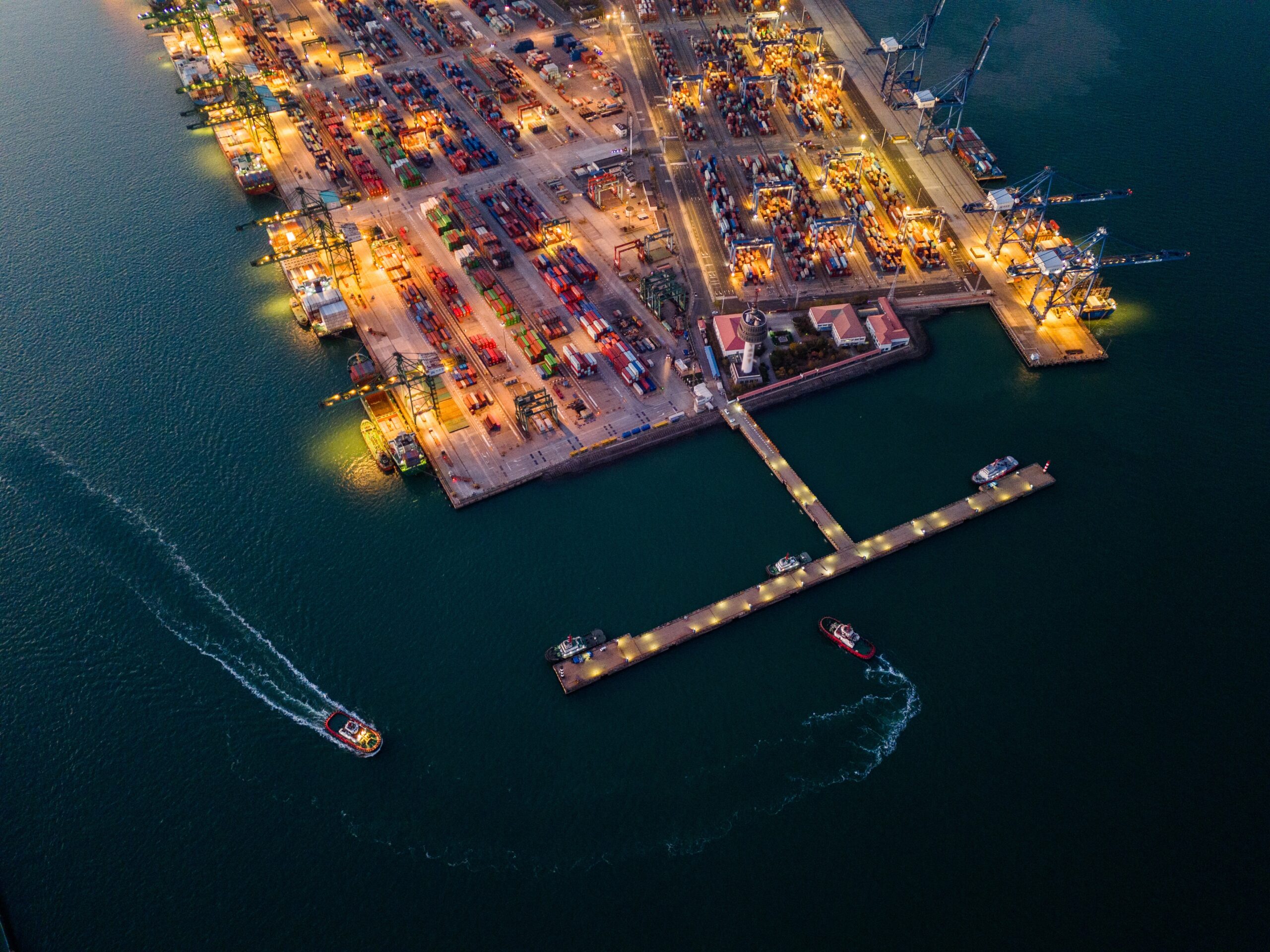
The World’s Major Maritime Trade Routes: Connecting the Globe
The World’s Major Maritime Trade Routes: Connecting the Globe Ever wondered how all the products we use every day make their way across the world? The answer lies in the maritime trade routes that keep global trade moving. These major sea trade routes are like highways in the ocean, allowing ships to carry goods across…
-
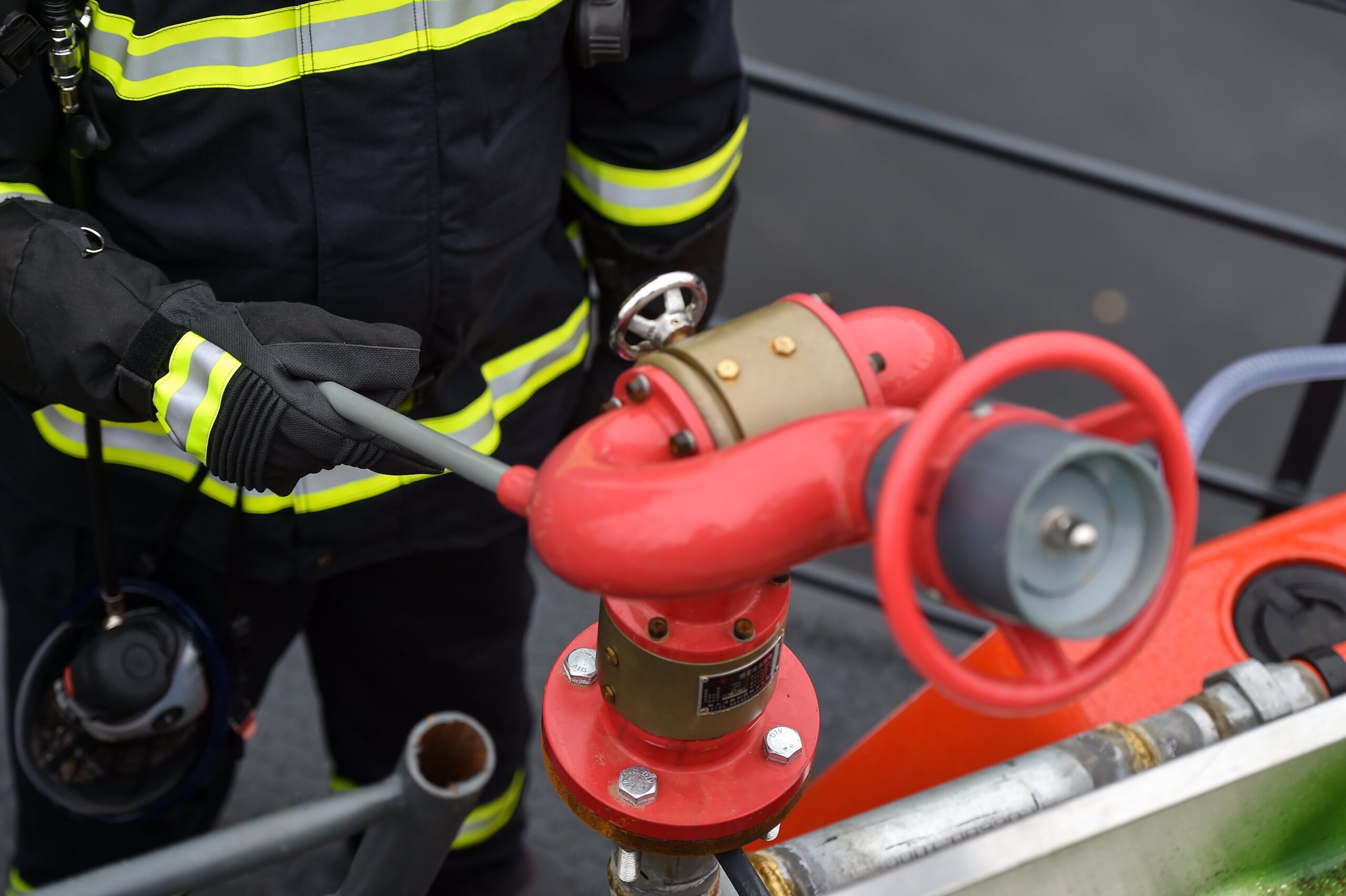
Shipboard Firefighting Systems: An Essential Guide to Fire Safety at Sea
Fire safety on ships is one of the most important aspects of maritime operations. With the constant presence of flammable materials, high temperatures in machinery areas, and confined spaces, the risk of fire is a serious concern. That’s why firefighting systems for ships are so important for every vessel’s safety framework. These various fire safety…
-

Green Shipping: The Future of a Sustainable Shipping Industry
Shipping and maritime trade is a critical part of global trade, moving goods across the world’s oceans efficiently. But this efficiency usually comes with a significant environmental cost. Traditional shipping methods contribute to pollution and climate change. That’s why we need green shipping for a cleaner, more sustainable approach to the maritime industry. What is…
-

The Importance of Marine Lubricants and Engine Oils for Ship Engine Optimization
Marine lubricants and engine oils play an important role in ensuring the smooth operation and longevity of ships’ engines and equipment. While at sea, vessels can be exposed to extreme conditions and the need for engine lubrication becomes even more important. Without proper lubrication, particularly engine oils, the machinery on board can suffer from wear,…
-
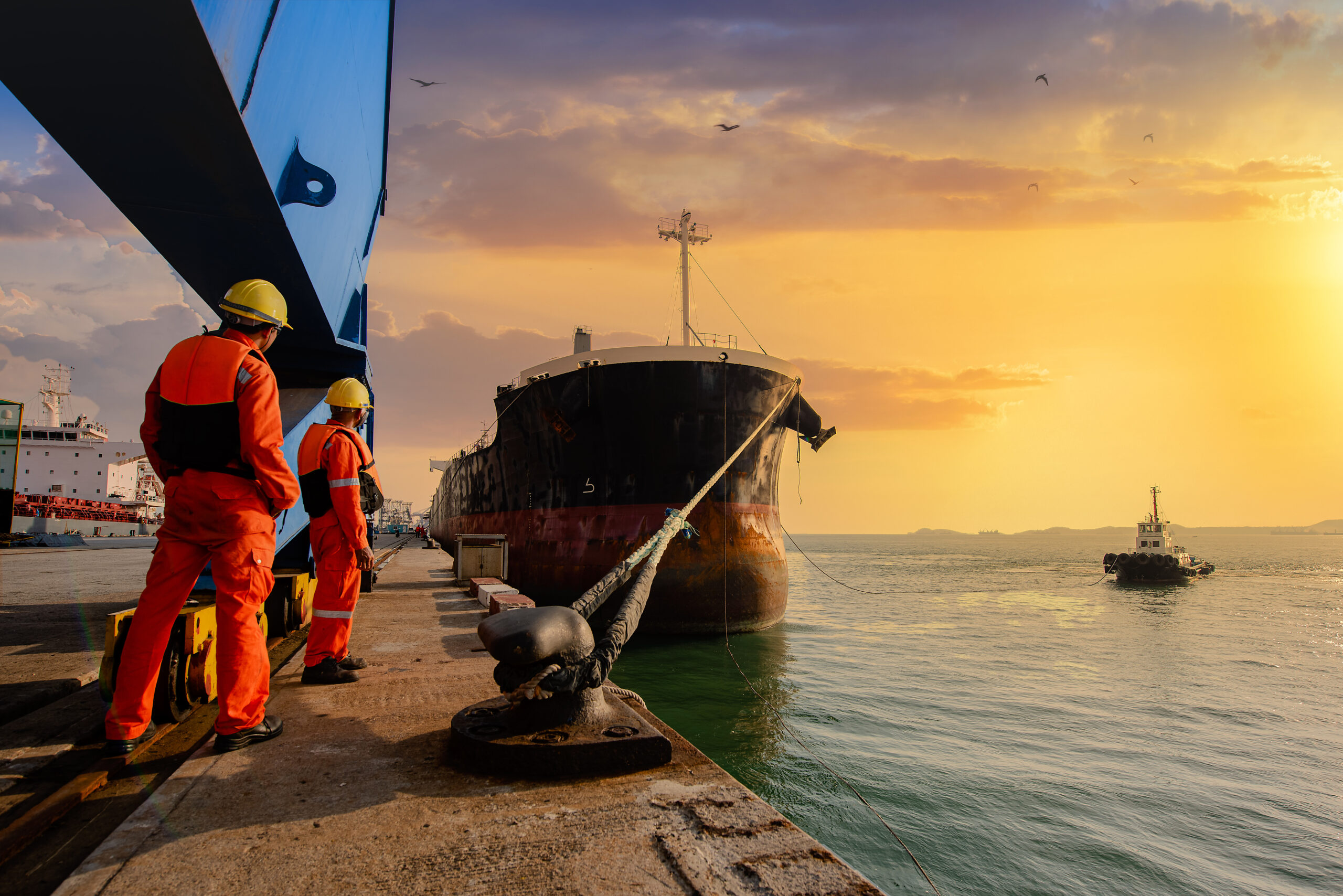
The Impact of the Red Sea Attacks on Global Trade and the Maritime Industry
The Red Sea has always been an important route for global trade, connecting Asia with Europe and North America. However, recent conflicts and attacks in the Red Sea region have created significant problems for shipping companies and their customers. Rising shipping costs, delays, and environmental concerns make the future uncertain. This blog looks at the…
-
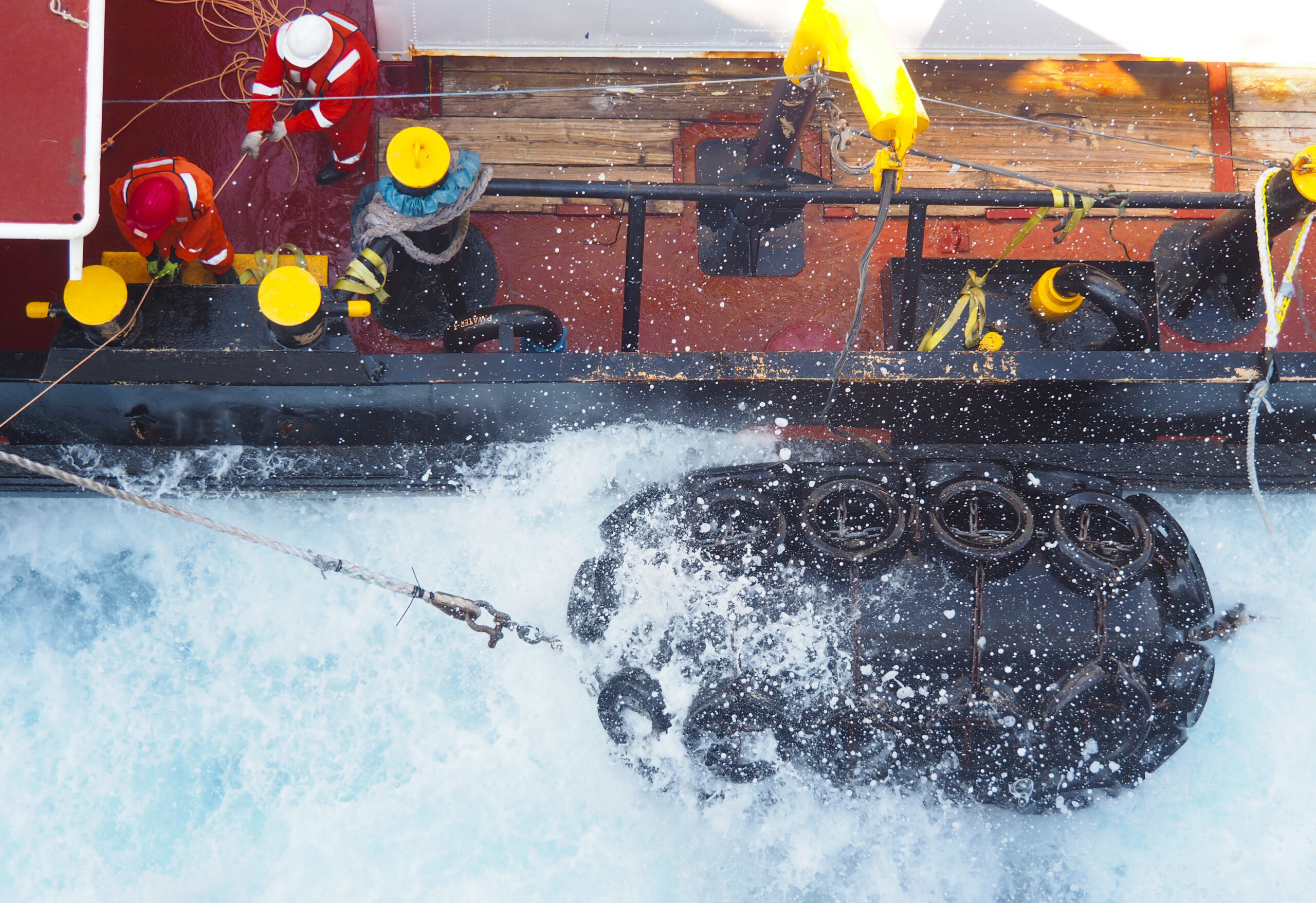
Importance of Crew Training for Technical Ship Management Companies in India
Crew training is crucial for technical ship management, particularly for Indian vessels. Well-trained crews are essential for ensuring safe, efficient, and compliant vessel operations. Seafarer training in crew management services teaches them how to handle equipment, improve fuel efficiency, and adopt new technologies, while also maintaining machinery and following environmental standards. What is Crew Training?…
-
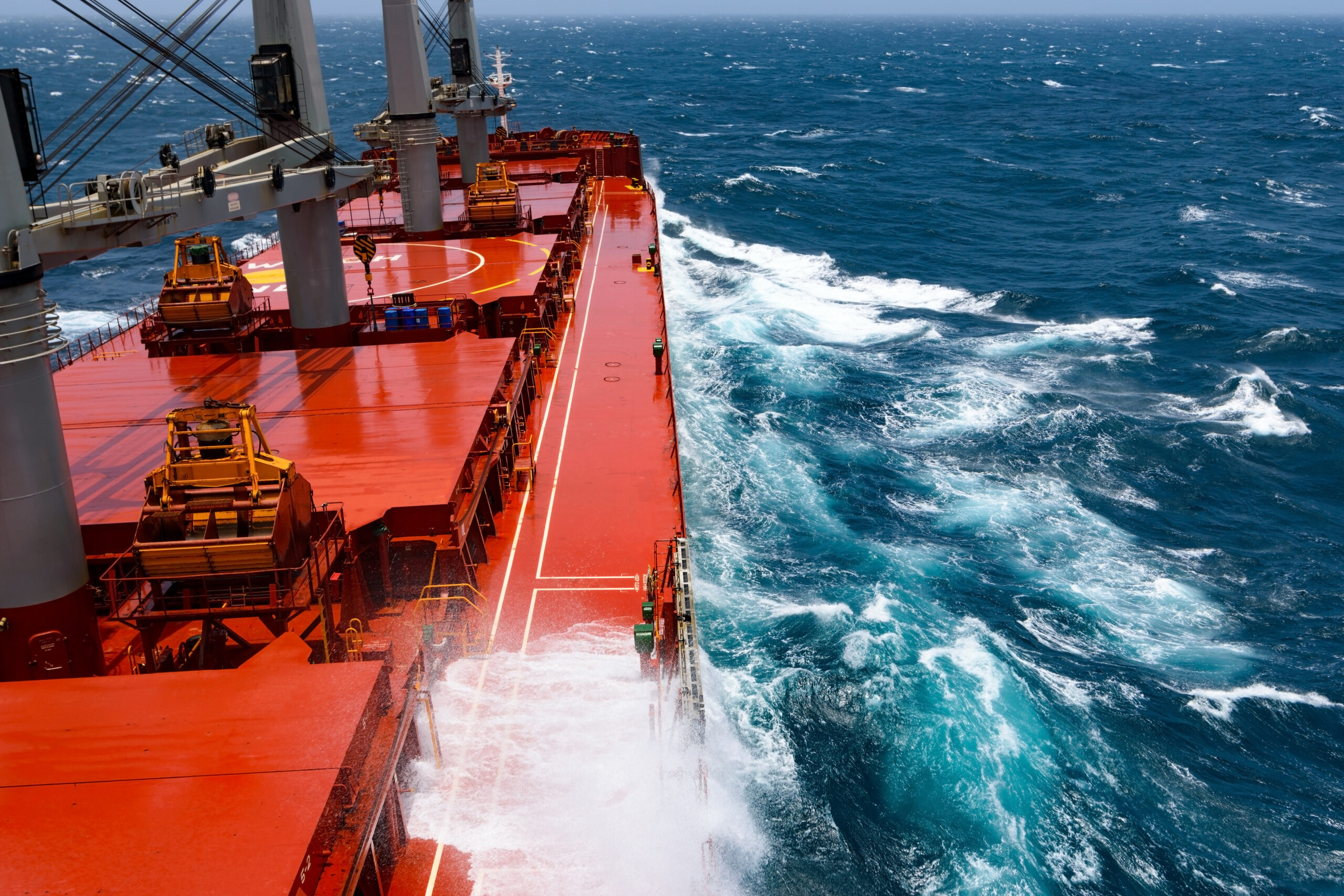
How A Smart Propulsion System in Ships Revolutionizes the Maritime Industry
The shipping industry is at a critical stage in the present times, driven by the need to balance economic growth and efficiency with environmental responsibility. While the shipping sector contributes heavily to the global economy, it contributes significantly to global greenhouse gas emissions, accounting to 3% of annual CO2 emissions. To address these challenges, shipping…
-
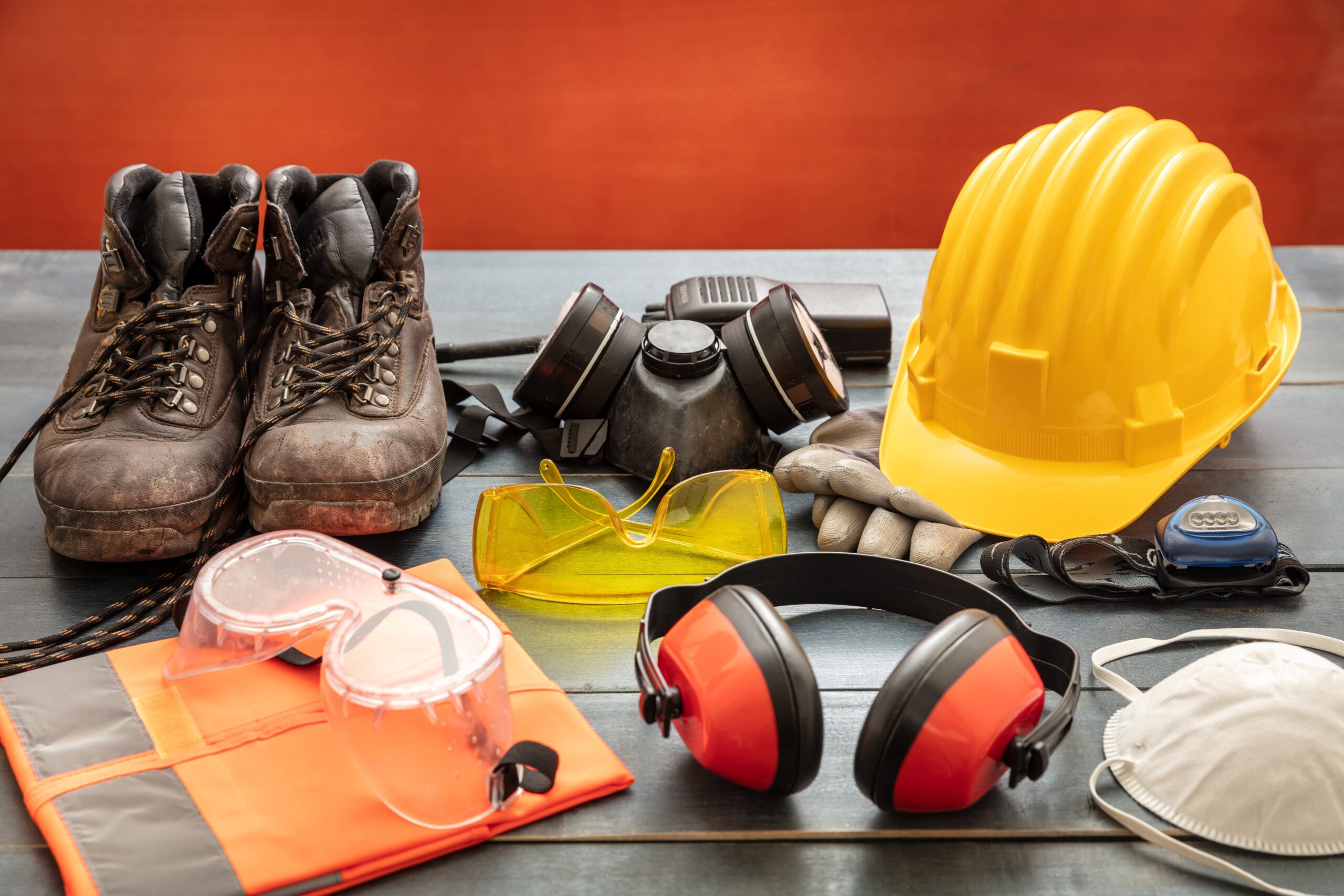
PPE in Maritime Safety: Essential Protection for Seafarers from Workplace Hazards
While working at sea is exciting, it comes with significant risks. Seafarers operate in dangerous environments, from heavy machinery to unpredictable weather. Ensuring safety on board is a top priority, and one of the most effective ways to protect maritime workers is through personal protective equipment (PPE). PPE is essential safety protective equipment for keeping…